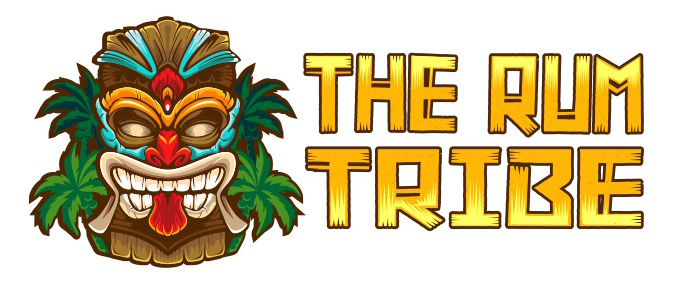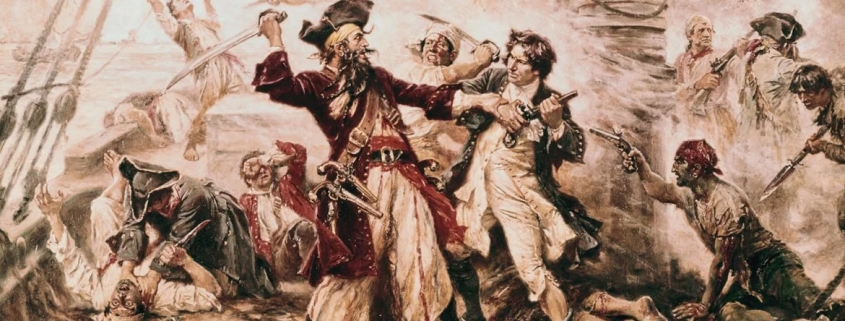History of Rum
Rum, often dubbed the “spirit of the Caribbean,” boasts a history as rich and complex as its flavor profile. Its origins are intertwined with the exploration and colonization of the New World, the rise and fall of empires, and the struggles and triumphs of countless individuals.
The story begins in the 17th century, when sugarcane cultivation spread throughout the Caribbean islands. Molasses, a byproduct of sugar production, was initially considered waste. However, resourceful individuals soon discovered its potential for fermentation and distillation, giving birth to the earliest forms of rum.
These early rums were often crude and harsh, a far cry from the refined spirits we enjoy today. Yet, they quickly gained popularity among sailors, pirates, and colonists, serving as a source of warmth, comfort, and celebration in the often-challenging conditions of the New World.
Rum’s popularity soon extended beyond the Caribbean, playing a significant role in the triangular trade that connected Europe, Africa, and the Americas. It became a valuable commodity, traded for slaves, spices, and other goods, fueling the economies of colonial powers.
As rum production evolved, so too did its quality and reputation. Distillation techniques improved, leading to smoother and more flavourful spirits. Aging in oak barrels added complexity and depth, transforming rum from a simple intoxicant to a drink worthy of savouring.
The 18th and 19th centuries saw the rise of iconic rum brands and distilleries, many of which still thrive today. These producers honed their craft, establishing distinct styles and traditions that continue to shape the rum landscape.
Rum’s influence extended beyond the realm of trade and consumption. It fueled rebellion and revolution, playing a role in the American War of Independence and the Haitian Revolution. It also inspired literary and artistic works, capturing the imagination of writers, painters, and musicians.
The 20th century brought both challenges and opportunities for the rum industry. Prohibition in the United States disrupted trade and production, while the rise of other spirits challenged rum’s dominance. However, the post-war era saw a resurgence of interest in rum, driven by cocktail culture and the growing popularity of tropical destinations.
Today, rum enjoys a global renaissance. From artisanal distilleries to multinational brands, producers are pushing boundaries and innovating, creating a diverse and exciting range of rums to suit every palate. The spirit’s rich history continues to inspire and inform, reminding us of its enduring legacy and its potential for future evolution.
From its humble beginnings as a byproduct of sugar production to its current status as a celebrated spirit, rum’s journey is a testament to human ingenuity, resilience, and the pursuit of pleasure. It is a drink that embodies the spirit of adventure, the joy of discovery, and the enduring power of connection. So, the next time you raise a glass of rum, take a moment to appreciate the centuries of history, culture, and passion that have shaped this remarkable spirit.
So where does the word ‘RUM’ come from? Well, no one is actually sure. One theory is that it comes from a Malay word ‘brum’ (a fermented sugar cane drink). Although this name was not taken up widely in the Caribbean where (I kid you not) ‘Kill Devil’ became the popular name for that drink.
Another theory for the origins of the word ‘rum’ is the Latin word for ‘sugar’ which is ‘saccarum’.
I guess the most popular and romantic explanation is that ‘Rum’ became popularly used to abbreviate ‘Rumbullion’ or ‘Rumbustion’ – used to describe a great uproar!
The words Rum, Rhum and Ron has been used since the mid-17th century and the first record of the word was found in Barbados in 1688.



